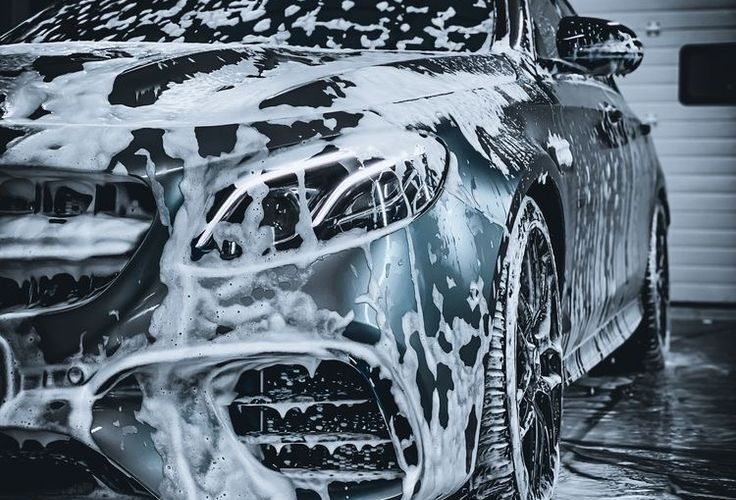Billboard advertising remains a powerful medium for brand exposure, with 71% of drivers consciously looking at roadside messages. These five essential design strategies leverage current consumer behavior research and technological advancements to maximize campaign effectiveness in 2025.
1. Prioritize the 5-Second Rule
Modern drivers process billboard content in just five seconds, requiring immediate visual impact. Successful designs feature a single dominant image occupying at least 60% of the visual space, with brand logos positioned in the upper third where eyes naturally land first. Text must never exceed seven words total, with font sizes ensuring legibility from 500 feet—the standard viewing distance for highway billboards. Research shows campaigns adhering to this principle achieve 38% higher brand recall than text-heavy alternatives.
2. Leverage High-Contrast Color Psychology
Color combinations directly influence emotional response and retention rates. The 2024 Out of Home Advertising Association study revealed that blue and yellow pairings generate the highest engagement (42% above average), while red backgrounds with white text create urgency for limited-time offers. Digital billboards now utilize dynamic color-shifting technology that adapts to ambient light conditions, maintaining optimal contrast from dawn to dusk. Avoid gradients or subtle tones—bold, saturated colors perform 63% better in real-world visibility tests.
3. Implement Motion Dynamics Strategically
For digital billboards, movement increases attention by 89% but must serve the message rather than distract. The most effective approach uses subtle animation sequences lasting no more than three seconds, with static periods of at least seven seconds between transitions. Kinetic billboards featuring physical moving elements—like rotating panels or 3D extensions—boost engagement by 127% compared to static displays. Coca-Cola’s recent campaign with a pouring liquid effect increased social media mentions by 214% through shareable visual moments.
4. Integrate Mobile-First Technology
Modern billboard campaigns must bridge physical and digital experiences. QR codes have evolved into NFC touchpoints requiring only phone proximity, increasing engagement by 78%. Augmented reality triggers—activated through smartphone cameras—transform static images into interactive experiences, with luxury brands reporting 34% conversion rates from AR-enabled billboards. Geofenced push notifications deliver follow-up content to devices within 300 feet of the display, extending the message beyond the initial impression. Always include a memorable, short URL for immediate action.
5. Optimize for Environmental Context
Billboard performance increases by 45% when design elements reflect surrounding environments. Urban placements benefit from abstract, high-energy visuals that cut through visual clutter, while rural locations perform best with nature-inspired imagery and earth tones. Time-of-day adjustments for digital displays—showing breakfast imagery during morning commute and entertainment content during evening hours—boost relevance by 52%. Weather-responsive creative elements, like umbrellas appearing during rain or sunglasses in sunshine, create contextual connections that improve message resonance by 67%.
Implementation Metrics That Matter
Track campaign performance through mobile engagement rates, social media mentions with location tags, and brand lift studies comparing pre- and post-campaign awareness. The most successful 2025 billboard campaigns achieve 3:1 return on ad spend through integrated measurement approaches that connect physical impressions to digital actions. Billboard locations with high traffic volume but low speed limits (under 40 mph) deliver 29% higher message retention than highway placements, making them ideal for complex campaigns.
These evidence-based design principles transform traditional outdoor advertising into dynamic brand experiences that capture attention and drive measurable results in today’s fragmented media landscape.

